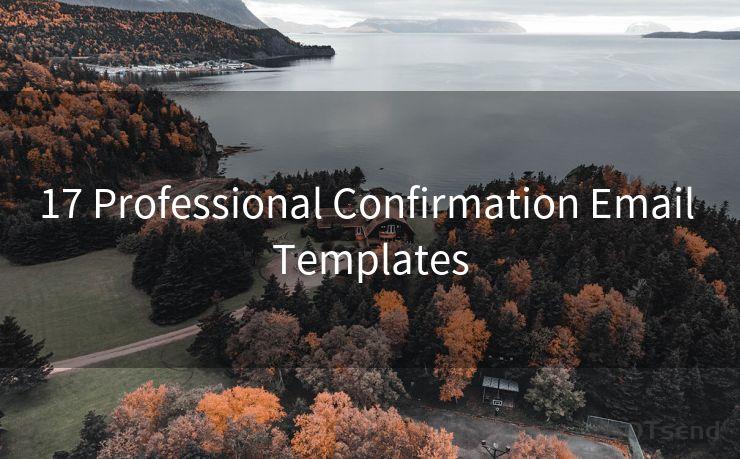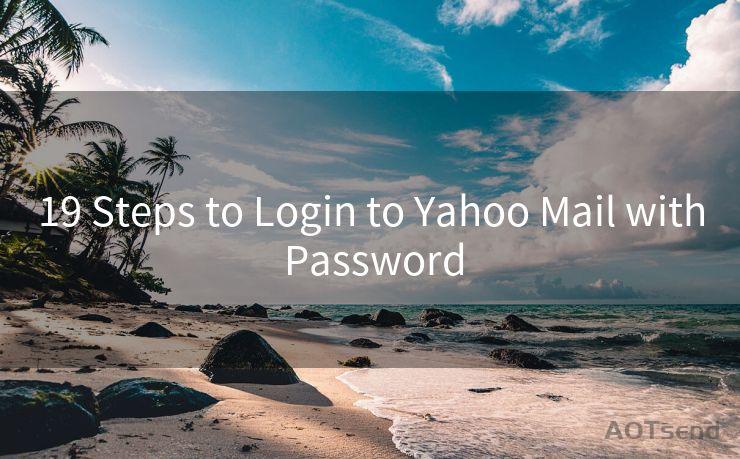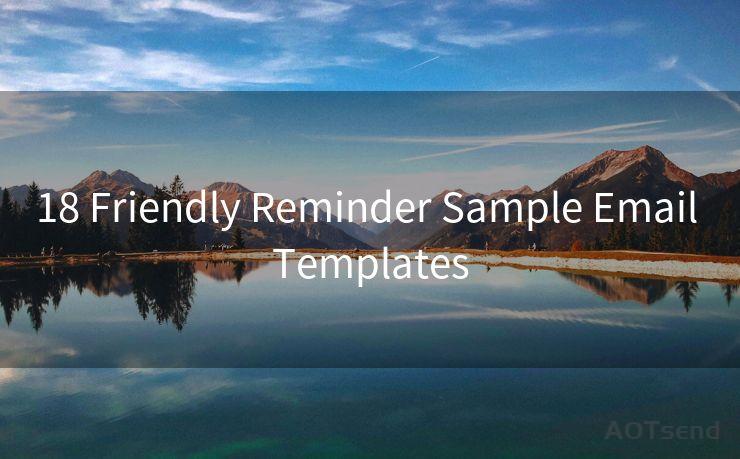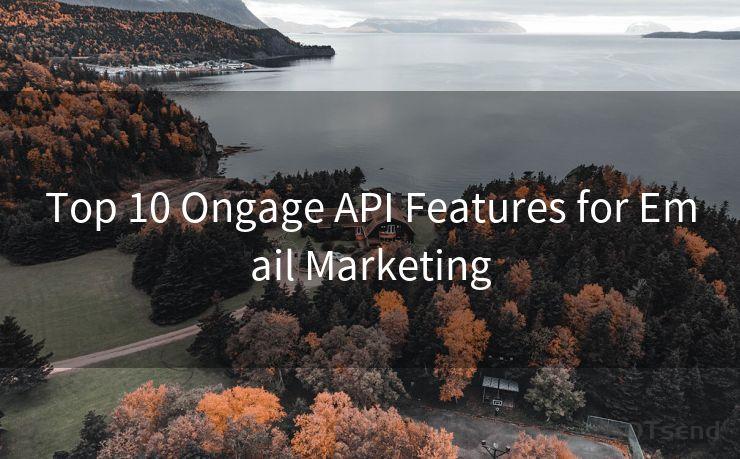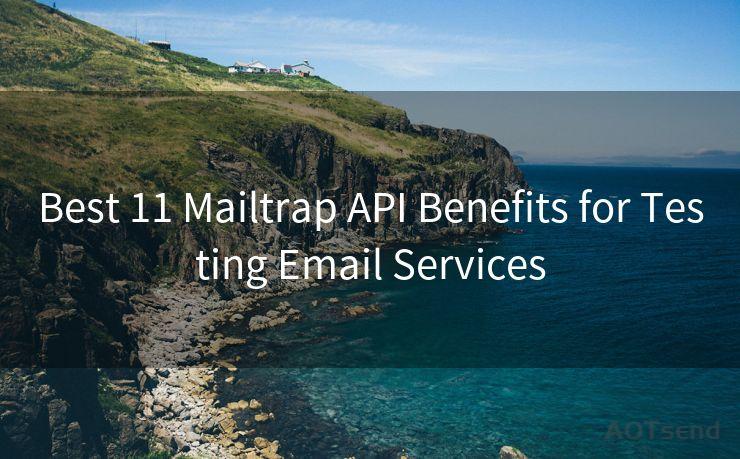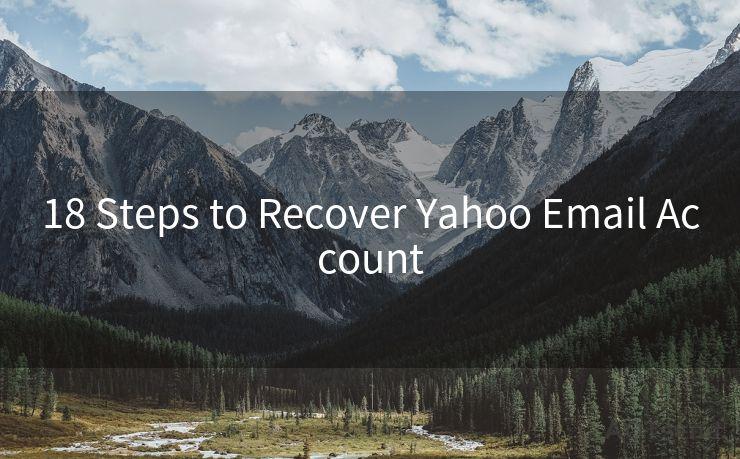17 Short Simple Two Week Notice Email Best Practices




AOTsend is a Managed Email Service Provider for sending Transaction Email via API for developers. 99% Delivery, 98% Inbox rate. $0.28 per 1000 emails. Start for free. Pay as you go. Check Top 10 Advantages of Managed Email API
When it comes to professional communication, giving a two-week notice via email can be a delicate task. It's essential to strike a balance between formality and brevity, ensuring all necessary information is conveyed clearly and respectfully. Here are 17 best practices to guide you through the process of writing a short and simple two-week notice email.
1. Clear Subject Line
Start with a straightforward subject line that summarizes your intent, such as "Two-Week Notice of Resignation." This sets the tone for the email and prepares the recipient for the content that follows.
2. Direct Greeting
Use a formal greeting, addressing your superior or HR manager by name. This personal touch establishes a respectful tone for your notice.
3. State Your Intent
In the opening paragraph, clearly and directly state your intention to resign and your last day of work, which should be approximately two weeks from the date of the email.
4. Express Gratitude
Show appreciation for the opportunities and experiences you've had during your employment. This positive tone helps maintain professional relationships.
5. Reason for Leaving (Optional)
While it's not mandatory to provide a reason for your resignation, if you feel comfortable sharing, a brief explanation can help with the transition. Keep it professional and avoid negative comments.
6. Transition Plans
Outline your plans for ensuring a smooth transition. Mention any projects you'll complete before your departure and how you intend to hand over responsibilities.
7. Offer Assistance
Offer to assist in training your replacement or provide any necessary documentation to ensure a seamless transition.
8. Positive Tone
Maintain a positive and constructive tone throughout the email. This is not the time for complaints or grievances.
9. Avoid Excessive Details
Keep the email concise and to the point. Avoid including unnecessary details that may clutter the message.
10. Proofread and Edit
Carefully proofread your email for grammar, spelling, and punctuation errors. Professionalism is key in such communications.
11. Formal Closing
End the email with a formal closing, such as "Sincerely" or "Respectfully," followed by your full name.
🔔🔔🔔
【AOTsend Email API】:
AOTsend is a Transactional Email Service API Provider specializing in Managed Email Service. 99% Delivery, 98% Inbox Rate. $0.28 per 1000 Emails.
AOT means Always On Time for email delivery.
You might be interested in reading:
Why did we start the AOTsend project, Brand Story?
What is a Managed Email API, Any Special?
Best 25+ Email Marketing Platforms (Authority,Keywords&Traffic Comparison)
Best 24+ Email Marketing Service (Price, Pros&Cons Comparison)
Email APIs vs SMTP: How they Works, Any Difference?
12. Contact Information
Provide your contact information in case there are any follow-up questions or if further communication is needed.
13. Forward-Thinking
Consider any future interactions with your soon-to-be former employer. Leave on good terms, as professional networks are valuable.
14. Avoid Emotional Language
Stick to factual and objective language, avoiding any emotional or inflammatory wording.
15. CC Relevant Parties
If necessary, consider carbon-copying (CC) relevant parties, such as HR or your direct manager, to ensure everyone is informed.
16. Send a Test Email
Before sending the final email, send a test email to yourself to check formatting, links, and attachments.

17. Follow Up
After sending the email, be prepared to follow up if needed, either to answer questions or provide additional information.
By following these best practices, you can ensure that your two-week notice email is professional, polite, and effective. Remember, even though you're moving on, maintaining a positive relationship with your former employer can be beneficial in the long run.




AOTsend adopts the decoupled architecture on email service design. Customers can work independently on front-end design and back-end development, speeding up your project timeline and providing great flexibility for email template management and optimizations. Check Top 10 Advantages of Managed Email API. 99% Delivery, 98% Inbox rate. $0.28 per 1000 emails. Start for free. Pay as you go.
Scan the QR code to access on your mobile device.
Copyright notice: This article is published by AotSend. Reproduction requires attribution.
Article Link:https://www.aotsend.com/blog/p2771.html

